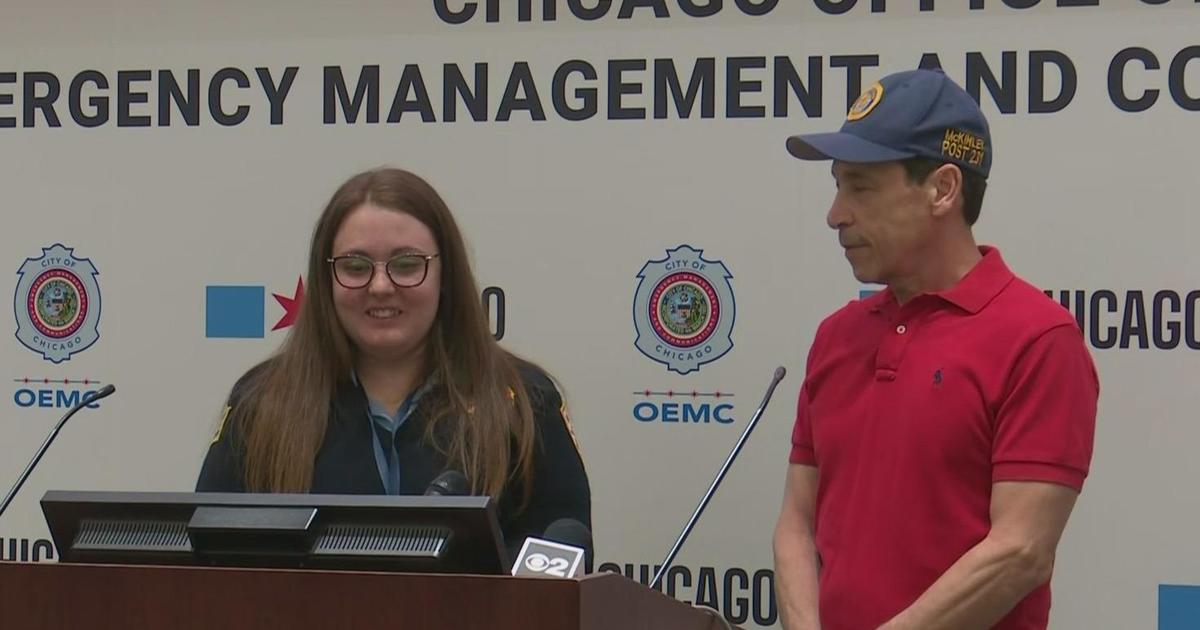Doctor Maps AED Locations
(CBS) -- Nationwide, it's estimated more than a million automatic external defibillators have been installed.
They're in schools, office buildings, airports and even being installed on metra trains. But how many people know where they are?
That's the heart of a problem that can lead to unnecessary deaths from heart attack.
Three years ago, while conditioning with her Aurora University basketball team, Elizabeth Pearlman collapsed.
"All I can remember is being very tired, and something just felt weird," said Pearlman.
The team trainer started CPR, called 911, and shocked her heart with an automatic external defibrillator or AED.
If the AED had not been there, "I would not be here, or the likelihood I would be here is very small," said Pearlman.
In Chicago, only five percent who suffer public cardiac arrest survive. Quick response is critical.
"Following cardiac arrest, survival drops 10 percent for each minute a patient goes untreated," said Dr. David Beiser.
But University of Chicago Doctor David Beiser says few people know where AEDs are located and there's no central source to find them.
"At this point there isn't one unified database of AEDs in the U.S.," said Dr. Beiser.
So Dr. Beiser set out to create one for Chicago's Hyde Park neighborhood and students from U of C's Lab School hit the streets.
They found AEDs in local schools, in churches even a few condo high-rises, locations now plotted on a web-based map with the hope of creating a smartphone app.
"That could direct rescuers to a nearby AED and potentially improve a patients chance of survival," said Dr. Beiser.
Elizabeth Pearlman can attest to that.
"The fact that an AED was even so close is ultimately what saved my life," said Pearlman.



